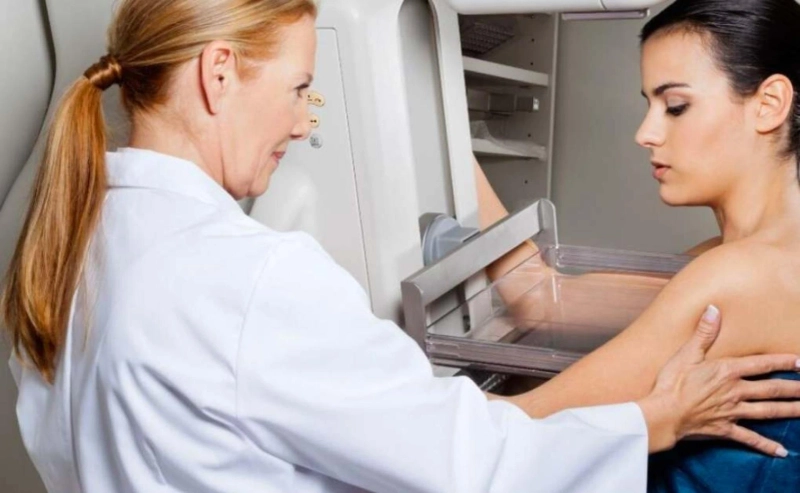Mammograms are a crucial tool in breast cancer screening, yet misconceptions and myths surrounding this diagnostic procedure persist. These myths can lead to misinformation and uncertainty, potentially deterring women from undergoing this vital test. In this blog post, we aim to debunk common mammogram myths and provide accurate information, empowering women to make informed decisions about their breast health.
Myth: Mammograms Are Painful and Uncomfortable.
Fact: While mammograms may cause temporary discomfort or pressure, the level of discomfort varies for each woman. Modern mammography equipment is designed to minimize discomfort, and the procedure is typically brief, lasting only a few minutes per breast. Communicate any concerns or discomfort to the technologist performing the mammogram, as they can adjust the pressure accordingly.
Myth: Mammograms Are Only Necessary for Older Women.
Fact: Breast cancer can affect women of all ages, although the risk increases with age. Guidelines from reputable organisations, such as the American Cancer Society, recommend regular mammograms starting at age 40 or earlier, depending on individual risk factors. Younger women with a family history of breast cancer or other risk factors should discuss screening options with their healthcare provider.
Myth: Mammograms Are 100% Accurate in Detecting Breast Cancer.
Fact: While mammograms are a powerful screening tool, they are not infallible. False-negative results can occur, meaning that cancer may be present but not detected on the mammogram. False-positive results are also possible, leading to additional tests or biopsies. However, mammograms remain the most effective method for early detection and have been shown to decrease breast cancer mortality rates.
Myth: Mammograms Increase the Risk of Breast Cancer.
Fact: The radiation exposure from mammograms is very low and considered safe. The benefits of early detection through mammography far outweigh the minimal risks associated with radiation exposure. The amount of radiation used in mammograms is carefully regulated and follows strict guidelines to ensure patient safety.
Myth: Mammograms Are Only for Women with Breast Symptoms.
Fact: Mammograms are not only for women with breast symptoms or abnormalities. Screening mammograms are performed on women without any signs of breast cancer, aiming to detect cancer at an early stage before symptoms appear. Regular screening mammograms are vital for early detection, as breast cancers are often too small to be felt during a physical examination.
Myth: Thermography or Ultrasound Can Replace Mammograms.
Fact: While thermography and ultrasound are valuable diagnostic tools, they are not substitutes for mammograms. Mammograms provide detailed images that can detect early signs of breast cancer, including small tumors or microcalcifications. Thermography and ultrasound may be used as additional tests or follow-ups to complement mammograms, but they are not standalone screening methods.
Myth: If There’s No Family History of Breast Cancer, Mammograms Are Unnecessary.
Fact: The majority of women diagnosed with breast cancer have no family history of the disease. Most breast cancers occur in women without a known inherited genetic mutation. Regular mammograms are essential for all women, regardless of family history, as the majority of breast cancers occur in women with no known risk factors.
Debunking myths surrounding mammograms is crucial for empowering women to prioritise their breast health and make informed decisions. Mammograms are a valuable tool for detecting breast cancer at its earliest and most treatable stages. By understanding the facts and guidelines surrounding mammography, women can overcome misconceptions and take proactive steps towards early detection, potentially saving lives. Remember, regular mammograms, in conjunction with self-exams and clinical breast exams, play a vital role in maintaining breast health and
This article was first published at https://topclickblogs.co.za/debunking-mammogram-myths-empowering-women-through-facts/


